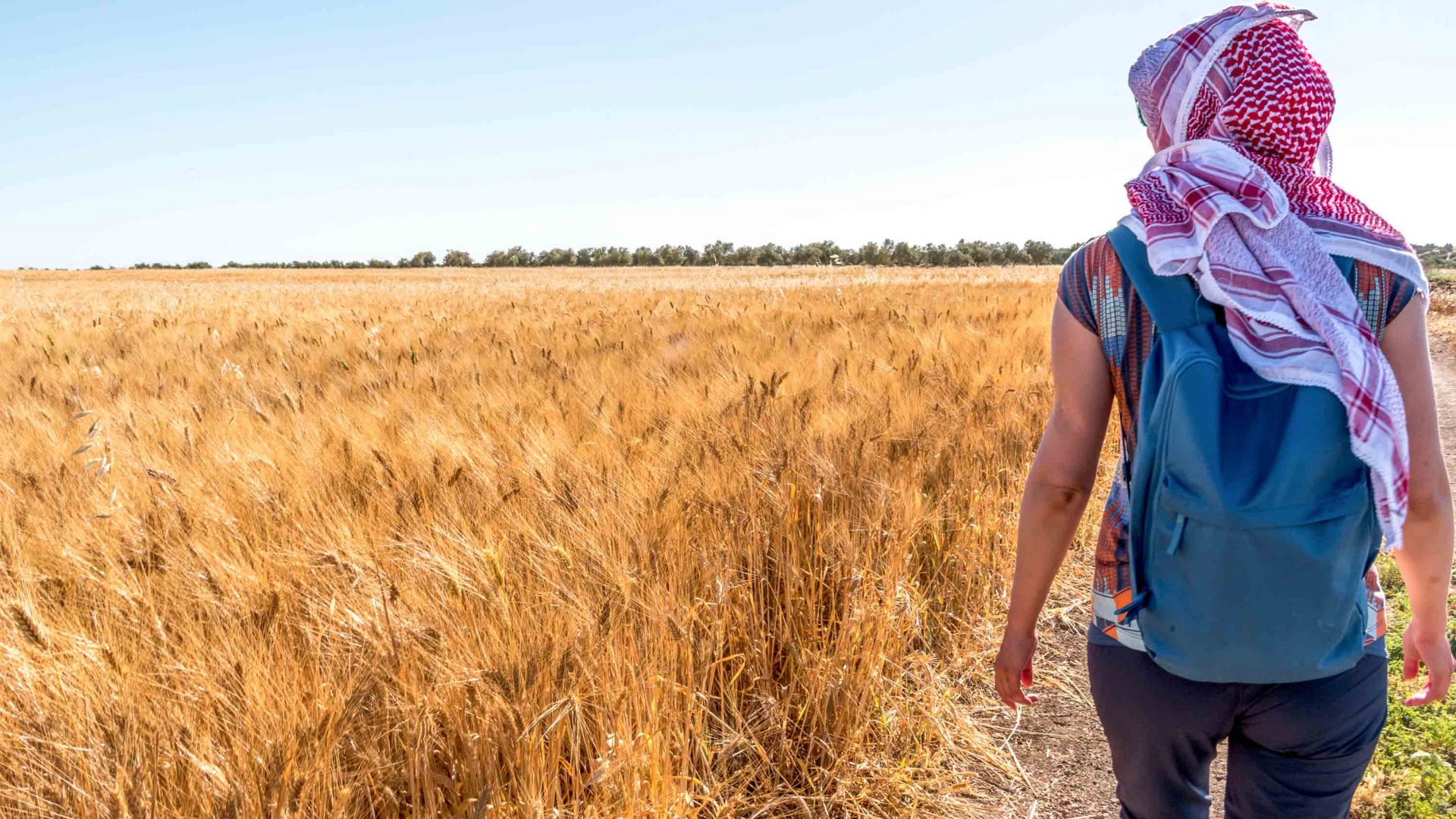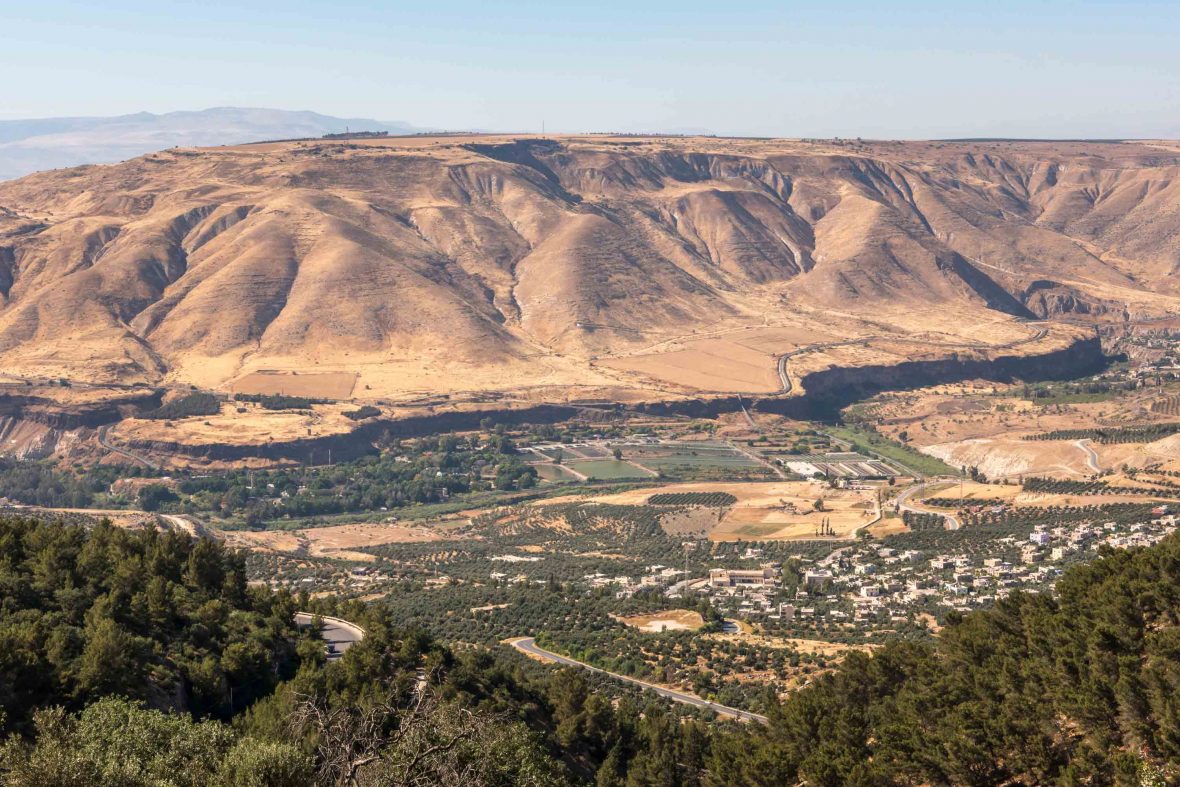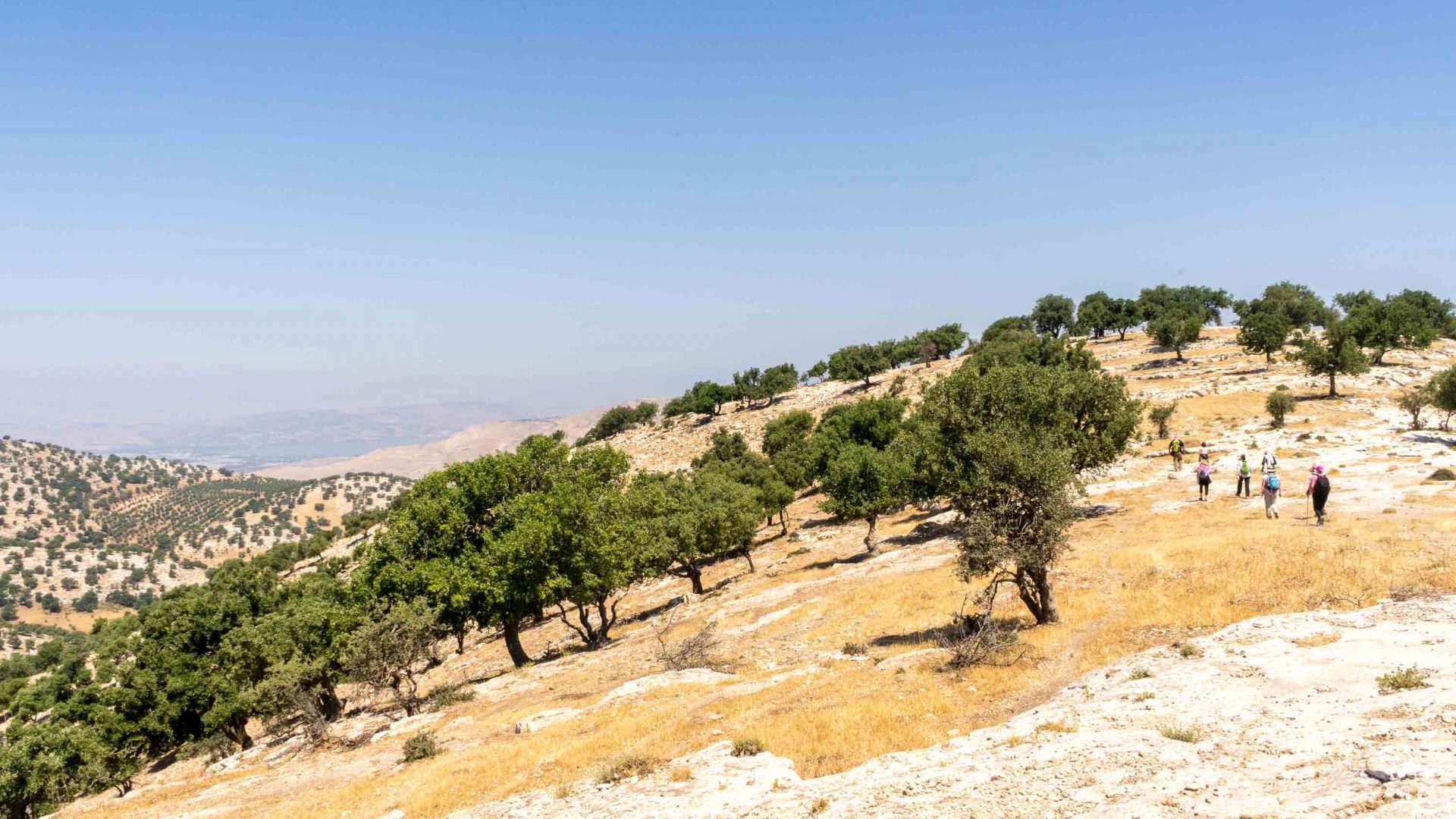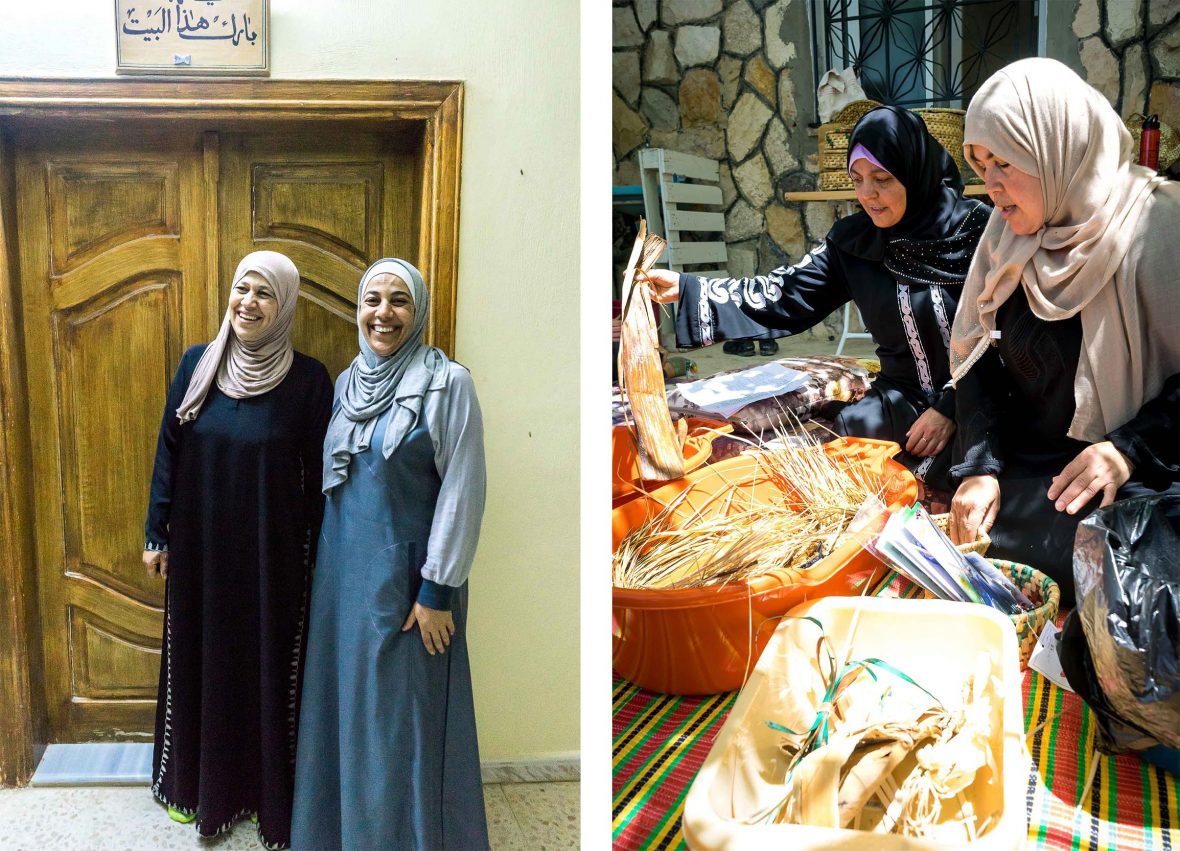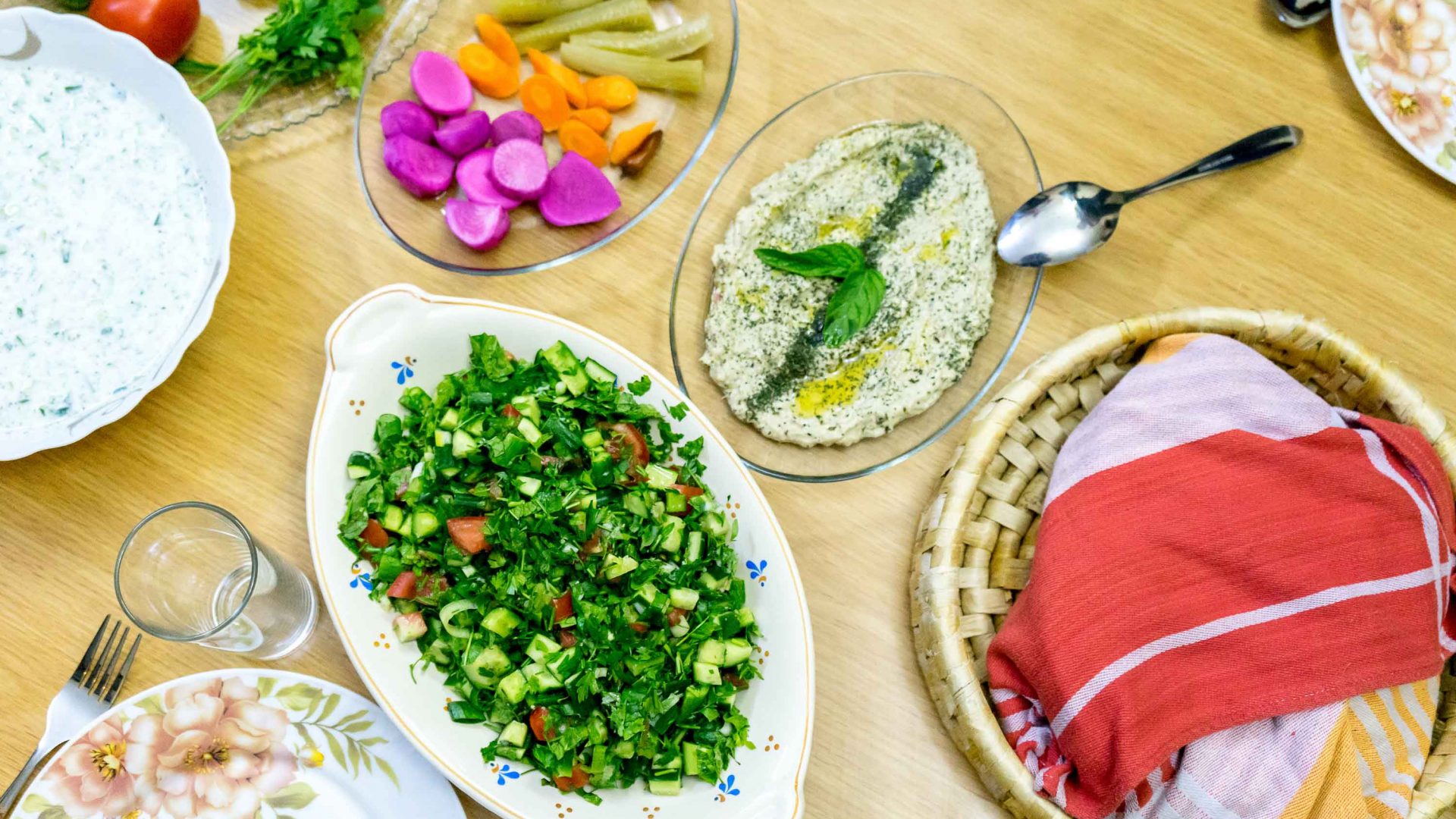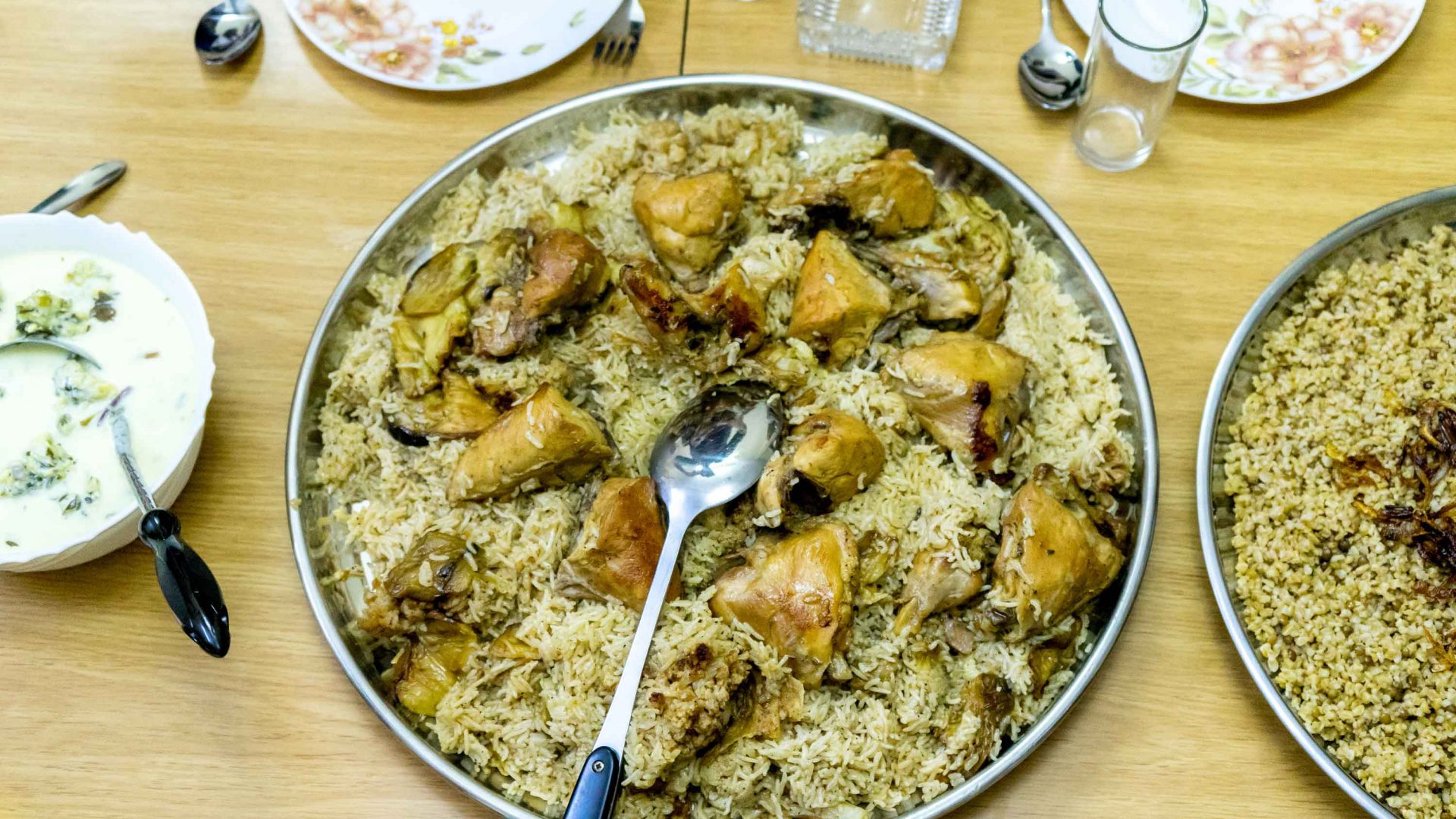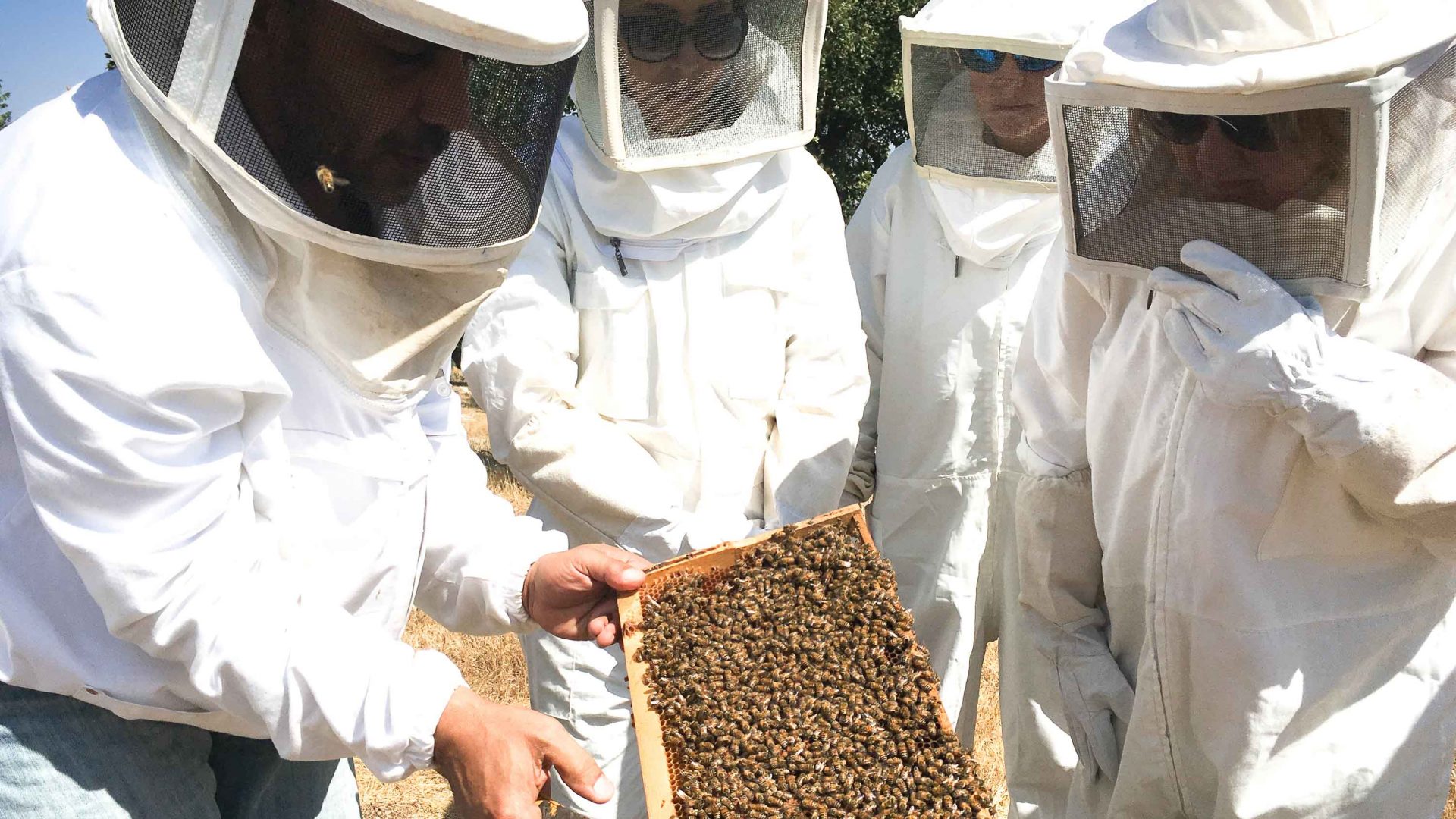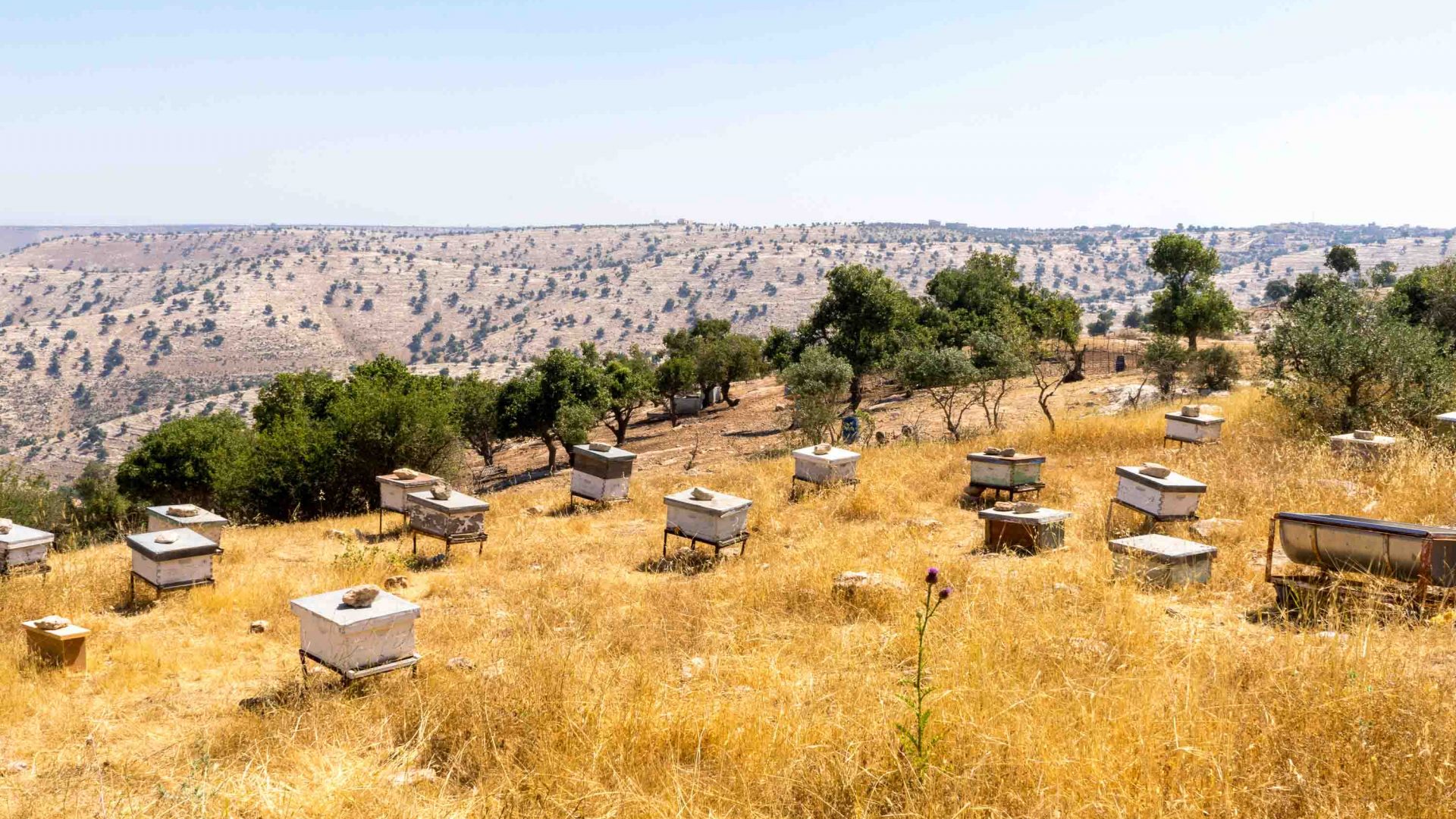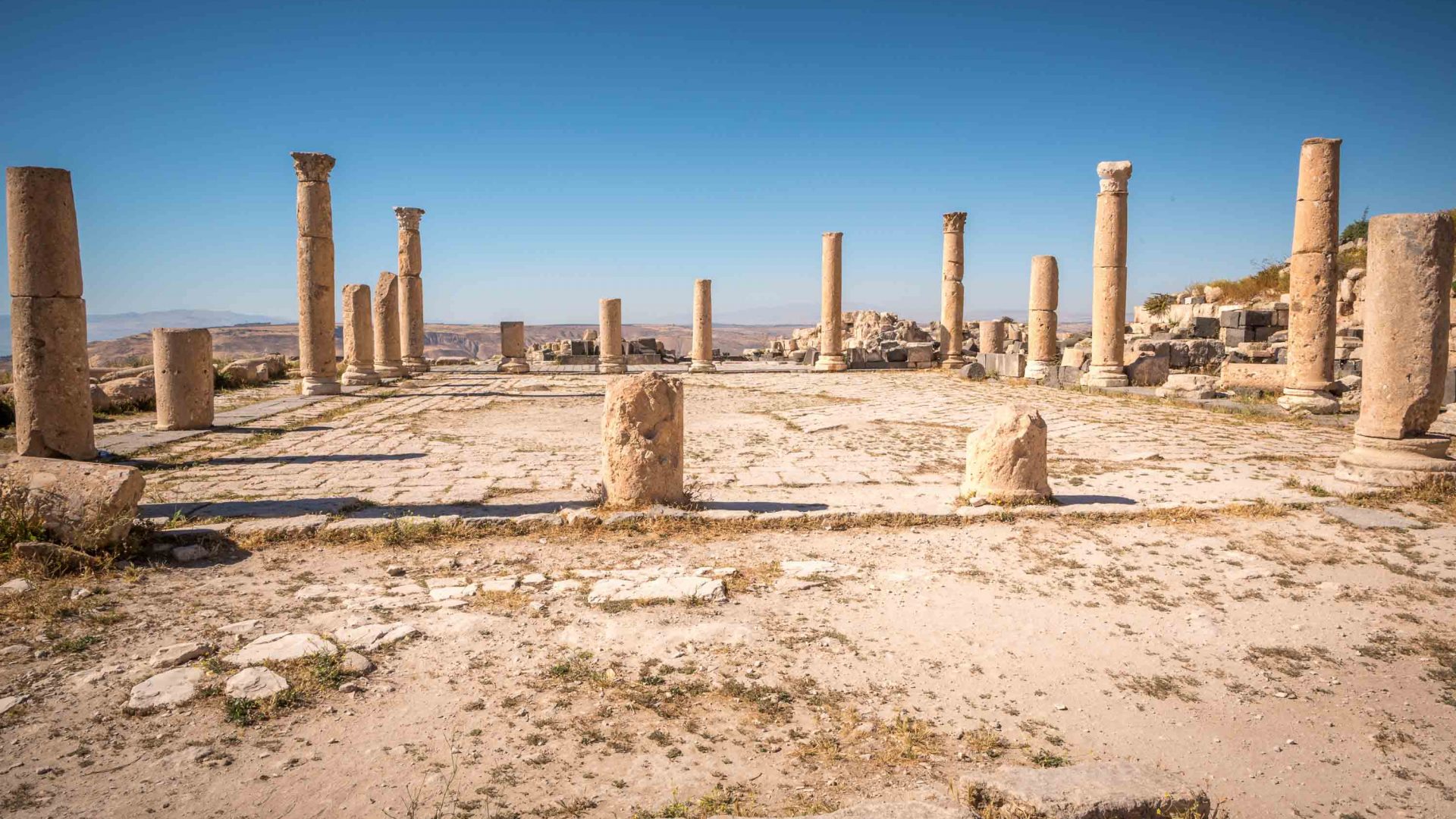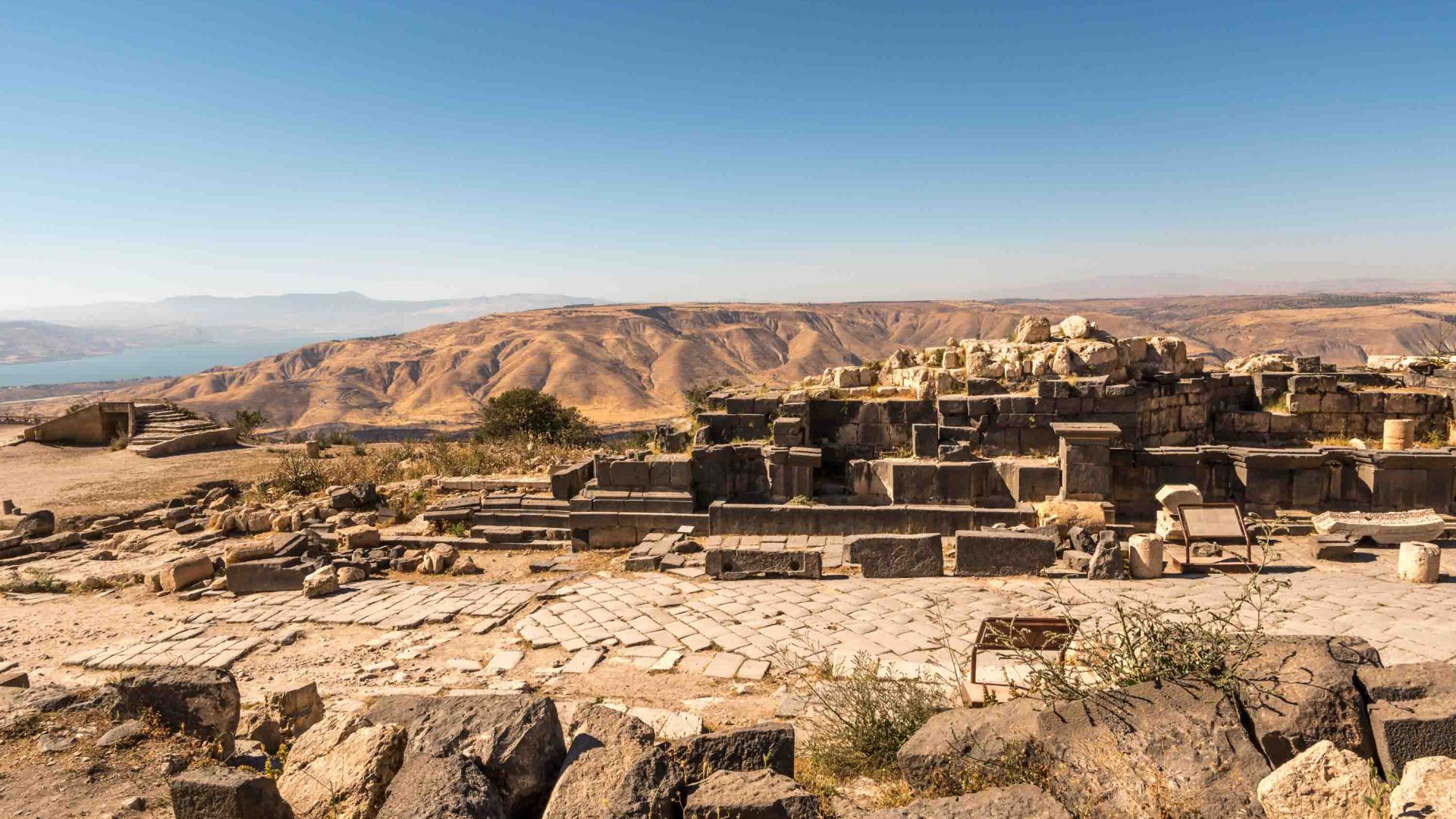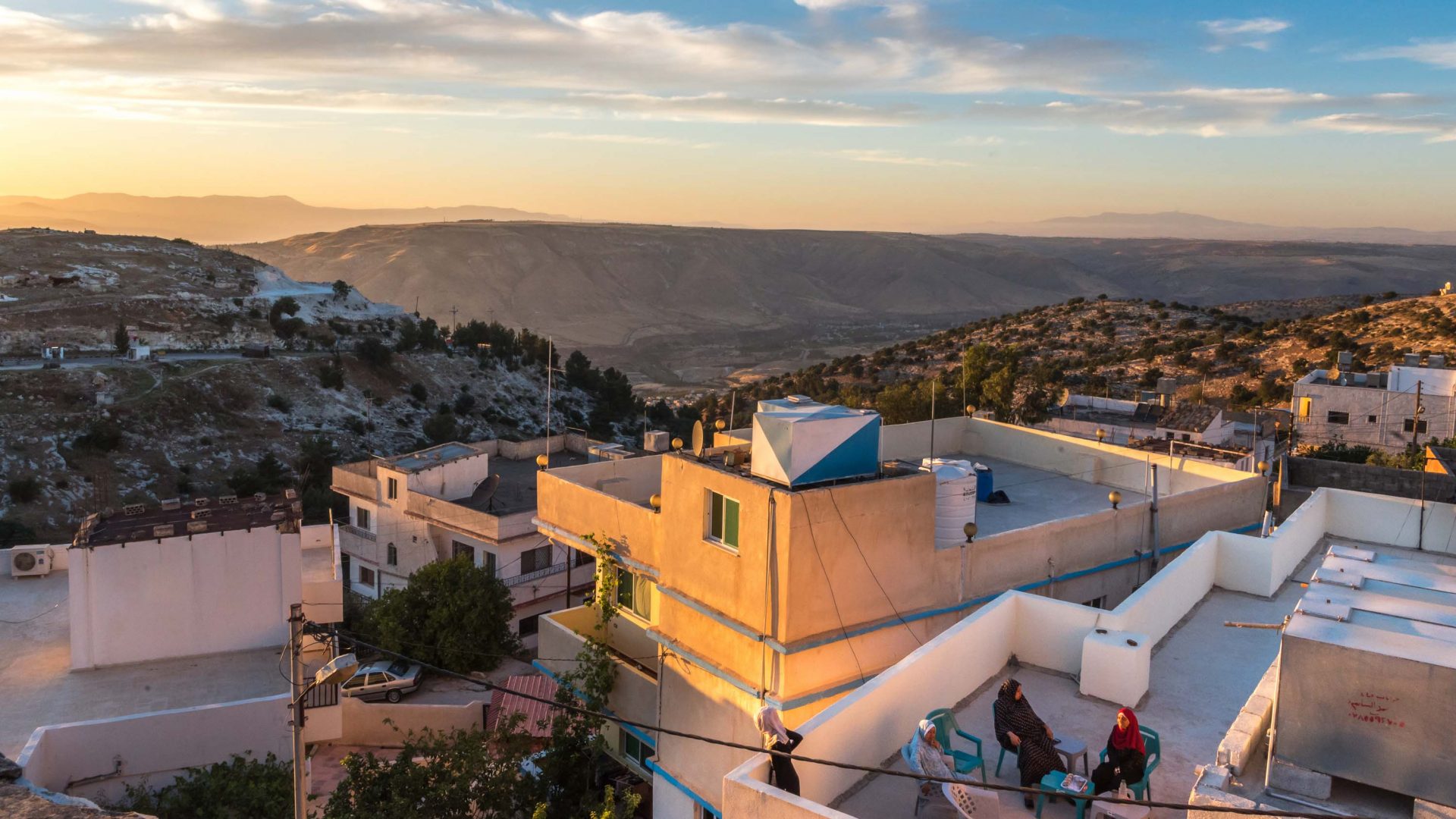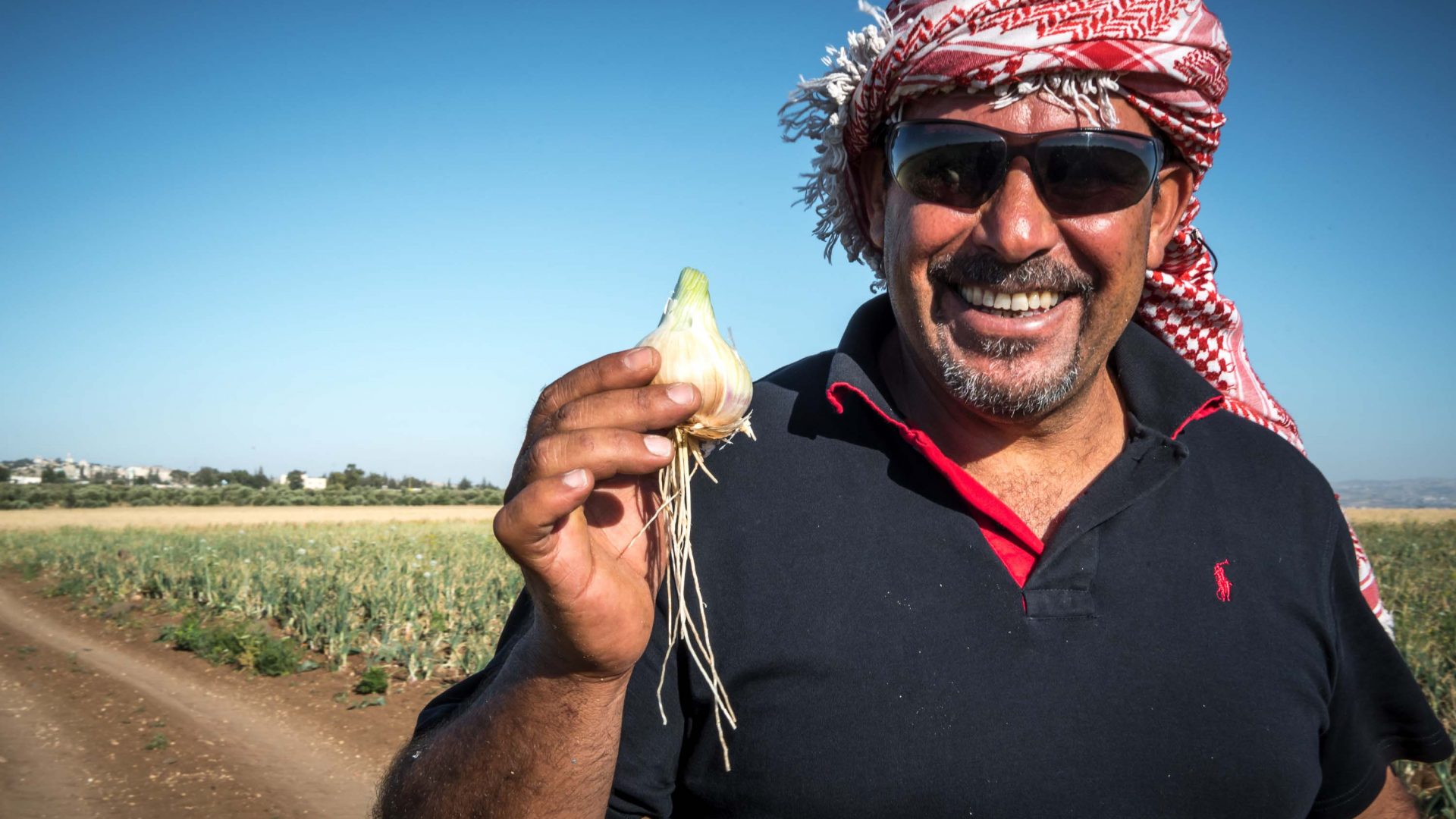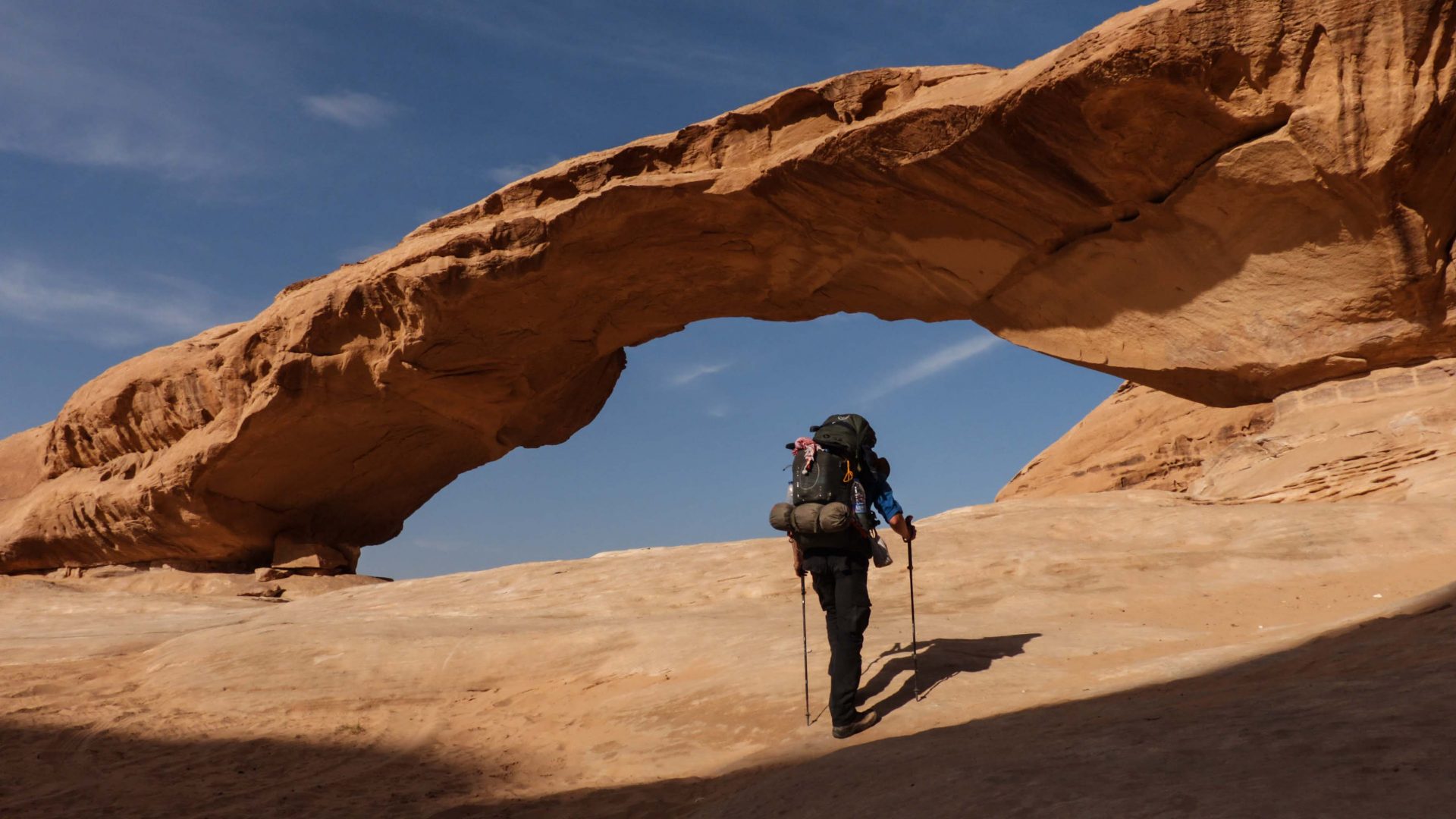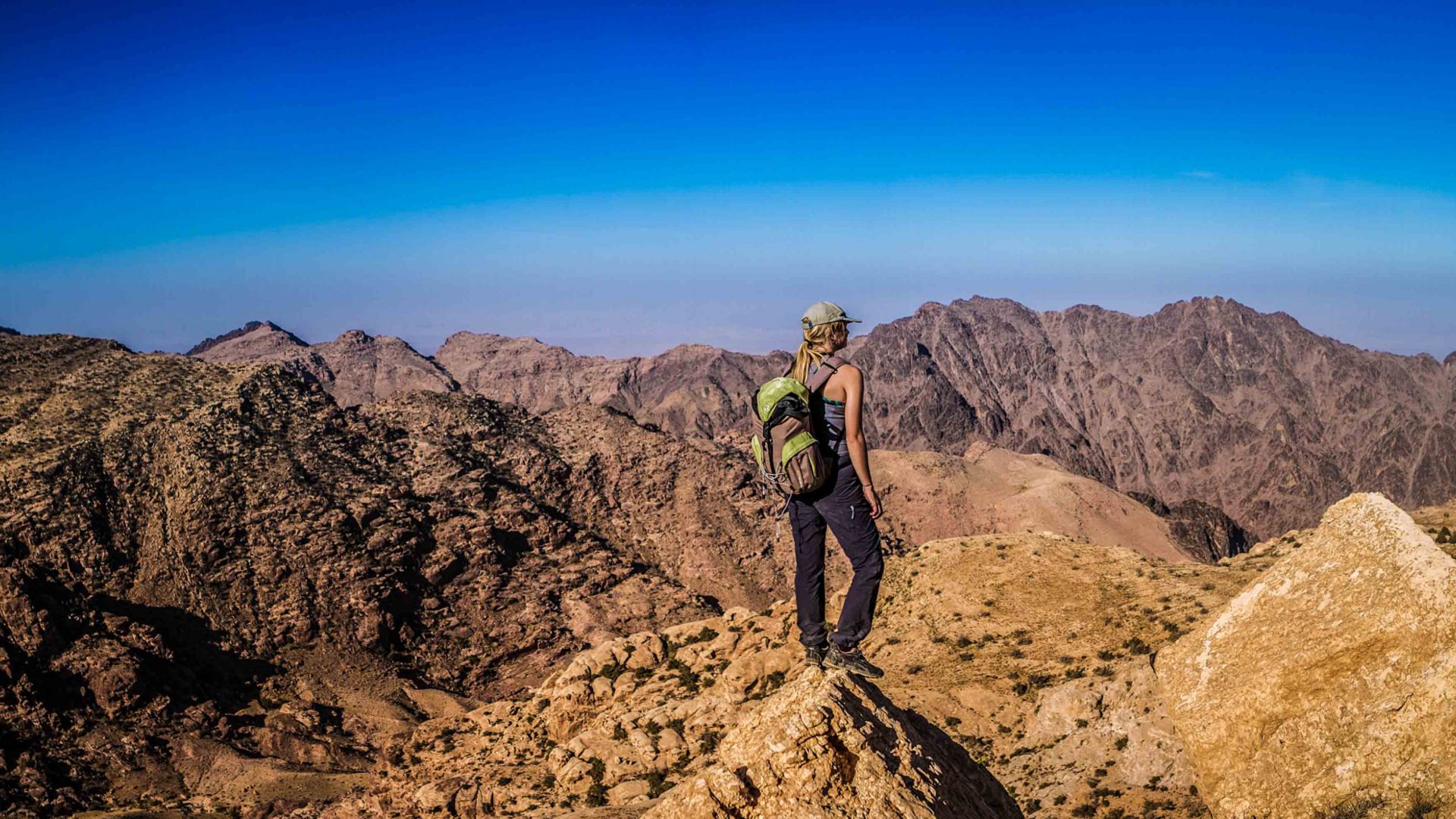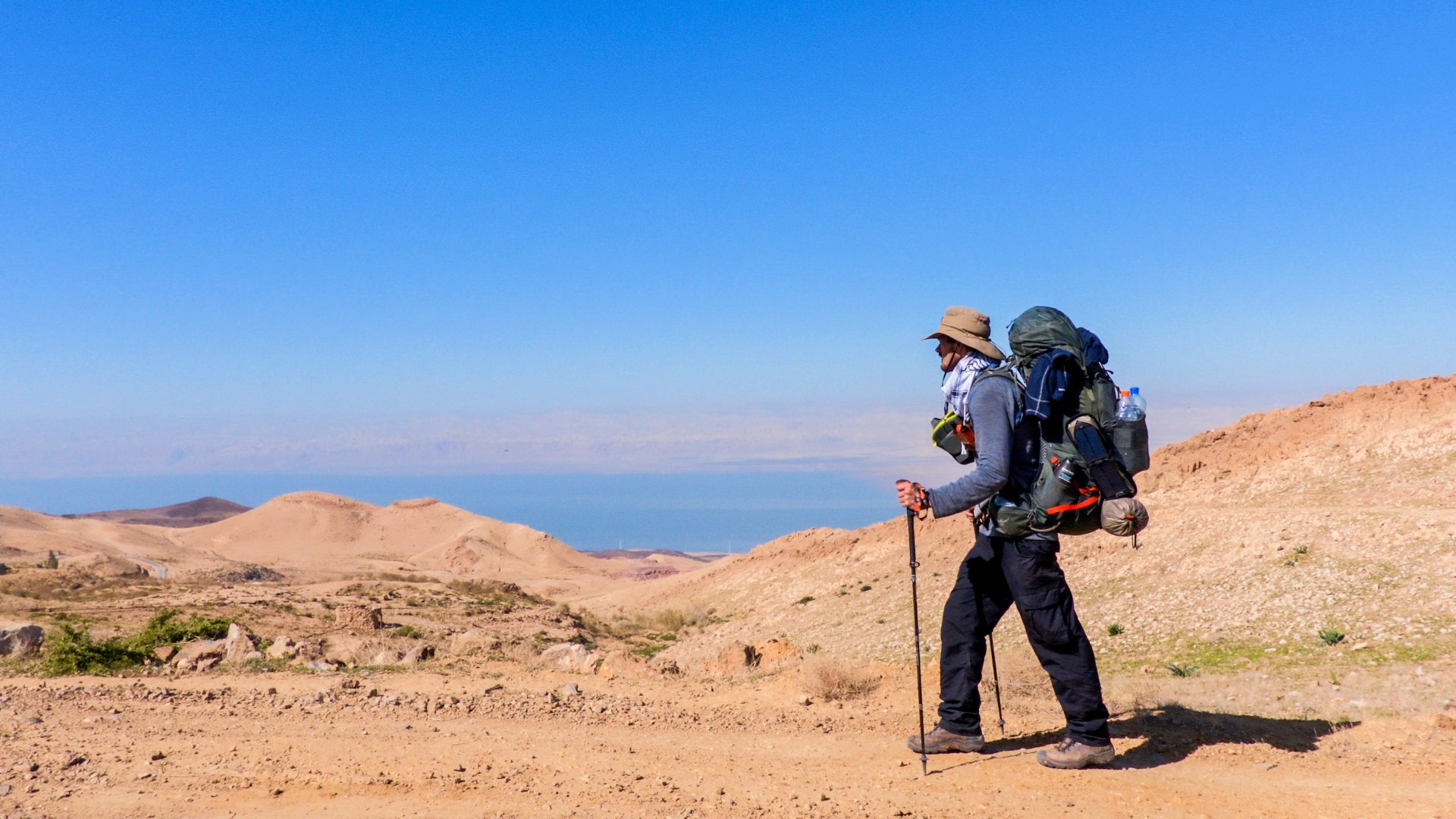On a hike along the northern stretches of the Jordan Trail, our featured contributor Lola Akinmade Åkerström finds a world of farm-to-table dining, local beekeepers and storied traditions.
Wind lightly rustled through the branches of oak trees and straws of wheat while herd dogs barked in the distance. Apart from the crunching of our hiking boots on rocky trails and the clanking of goat bells a few dozen feet away, there was a sense of stillness.
We kept hiking along those rolling hills spotted with turfs of green, snaking our way through widely spaced deciduous oaks until we reached a viewpoint overlooking the River Yarmouk. Across the river stood the politically iconic basaltic plateau of Golan Heights, and to my left, the biblical Sea of Galilee.
From this vantage point at Jordan’s northernmost region, I could see Syria, Israel, Palestine and Lebanon all at once. They were nothing but undulating masses of grass, dust, and earth, all belying decades of pain within their borders.
Over centuries, many poets and philosophers have called this unassuming town, which overlooks the Jordan Valley, home. Once a Decapolis city (one of 10 on the eastern frontier of the Roman Empire) with Greek and Roman influences, Umm Qais was also the biblical location of the Gardarene Swine miracle where Jesus cast demons out of a herd of swine before they rushed over a cliff to sudden death.
When I arrived in Umm Qais, it was into a slow-hum town seemingly untouched by current political tensions and one which did not wear its historical importance on its sleeve.
RELATED: Is walking the most adventurous way to travel?
It was at Beit Al Baraka I met Alia and Um Hani who make their living by weaving and selling baskets against this historic milieu. Pulling out banana leaves, palm fronds and straws, Alia was teaching me a craft spanning thousands of years with an intricate mastery (in glaring contrast to my inelegant fumbling patterns).
And as her fingers delicately pulled and twinned fronds together, I could see the symbolic weaving of history into everyday life here. A region so defined by its past that one can’t help but tread carefully.
The next day, I met my guide Ahmed Al Omari to find out why Umm Qais was also called the “new Athens”.
Tramping over black basalt rocks and stone ruins with spectacular views of the Sea of Galilee and the Jordan Valley, that answer lay in the ruins of Roman theaters, bath houses, mausoleums, and terraces of the ancient Decapolis city of Gadara. With history spanning 2,400 years across both the Roman, Greek and Ottoman empires, this UNESCO World Heritage site has an unparalleled panorama of the “sea” and Golan Heights.
Born and bred in Gadara, Ahmed has been scrambling amongst these ruins since childhood. He pointed out various complexes of dilapidating pillars and underground wells where he used to play hide-and-seek with his friends.
